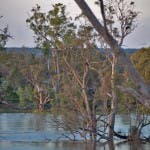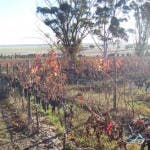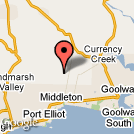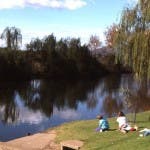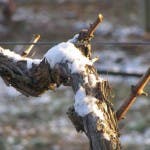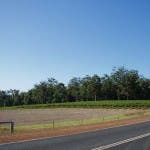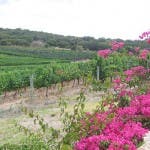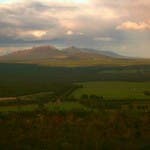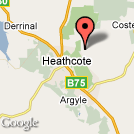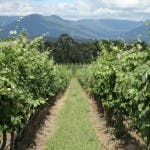Lining the banks of the Murray River, the Riverland is defined as the region running from Blanchetown (about an 80km drive northeast of Adelaide) through Renmark to the Victorian border. Being inland and warm, this large stretch of farmable land has an abundance of sunshine and low humidity in summer, and produces a large crop of grapes, primarily Chardonnay. How large? About half of South Australia's total grape crop, and a quarter of Australia's. It's a big region.
HIstory
The climate classified as continental, translating into warm days and cool nights. Grapes don't do well when mould gets to them, so the low humidity with long, sunny days in the Riverland are the reason this region produces such a quantity of fruit. Soils vary, but break into two basic types: sandy over clay, and sandy over limestone. That means it drains the annual rainfalls without leaving a lot of mud behind (which average less than 300mm across the region). Drought has hit the area hard in the

